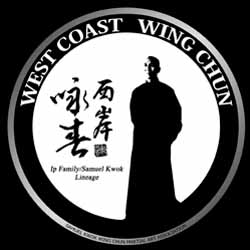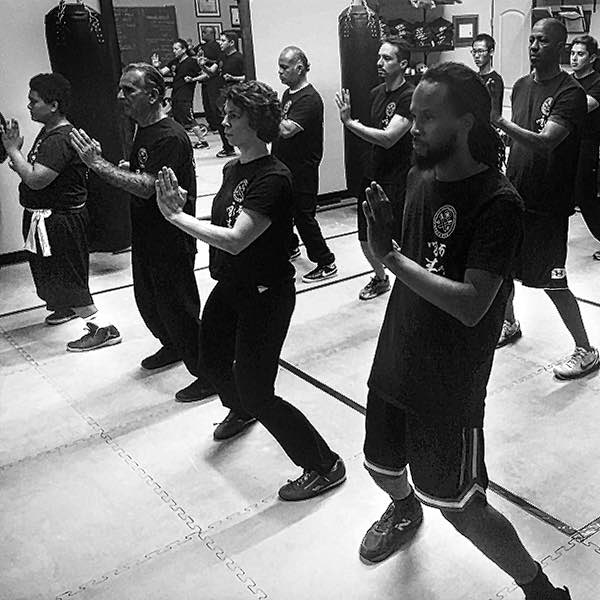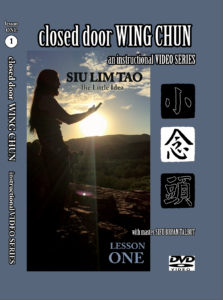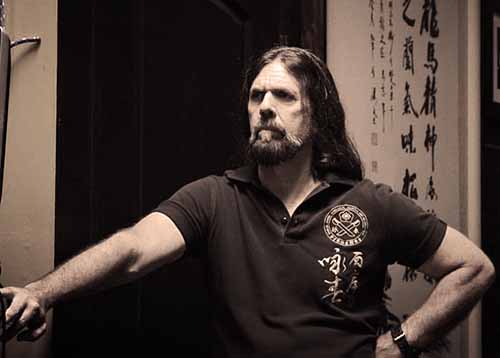How Difficult is it to Learn Wing Chun?
Embarking on the journey of learning Wing Chun unveils a world of martial art that balances simplicity with depth. Often termed as “easy to learn, difficult to master,” Wing Chun beckons enthusiasts with its pragmatic approach and adaptable techniques. This article delves into the challenges and joys of mastering Wing Chun, emphasizing the significance of principles, consistent practice, and expert guidance. So, how difficult is it to learn Wing Chun? Let’s explore.
Easy to Learn, Difficult to Master:
The adage “easy to learn, difficult to master” encapsulates the essence of Wing Chun, whose allure lies in its accessibility to beginners with straightforward movements and a clear conceptual framework. Unlike martial arts reliant on complex sequences, Wing Chun prioritizes principles like centerline theory, economy of motion, and simultaneous defense and attack, all offering practitioners infinite possibilities in application.
However, mastering Wing Chun demands dedication, patience, and unwavering commitment to refining one’s skills over time.
The Path to Mastery:
At the heart of Wing Chun lies a journey paved with foundational principles and concepts. Understanding these principles forms the bedrock for effective application in diverse combat scenarios. Through diligent study and practice, practitioners unravel the intricacies of Wing Chun, gradually mastering its techniques while internalizing its guiding philosophies.
Learning from a Knowledgeable Sifu:
Effective guidance from an experienced Sifu is paramount in the journey towards mastering Wing Chun. A knowledgeable instructor not only shares technical expertise but also cultivates a profound understanding of the art’s essence. Through patient instruction and tailored feedback, a Sifu mentors students, helping them navigate challenges and evolve as martial artists. Given Wing Chun’s versatility, allowing practitioners to explore countless applications, this guidance becomes indispensable.
Embracing Simplification and Repetition:
In the pursuit of Wing Chun mastery, simplicity and repetition are paramount. By honing fundamental techniques and embracing repetition, practitioners solidify their foundation and refine their skills. Each repetition serves to deepen understanding and cultivate muscle memory, paving the way for fluid and instinctive execution of techniques in combat situations.
Patience and Consistency:
Patience and consistency emerge as essential virtues in mastering Wing Chun. Progress is not measured by speed but by the depth of comprehension and proficiency in application. Students must resist the temptation of shortcuts, embracing a mindset of gradual progress and unwavering commitment to their practice.
Conclusion:
Mastering Wing Chun is a journey of self-discovery, resilience, and profound growth. Through dedication, perseverance, and reverence for its principles, practitioners unlock the true potential of this ancient martial art. The path to mastery is not without challenges, but it is a journey rich with rewards for those willing to embark upon it. In the end, it is the steadfast commitment to learning, practicing, and evolving that distinguishes a true Wing Chun master




